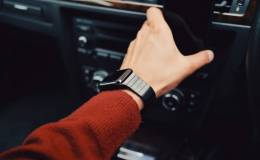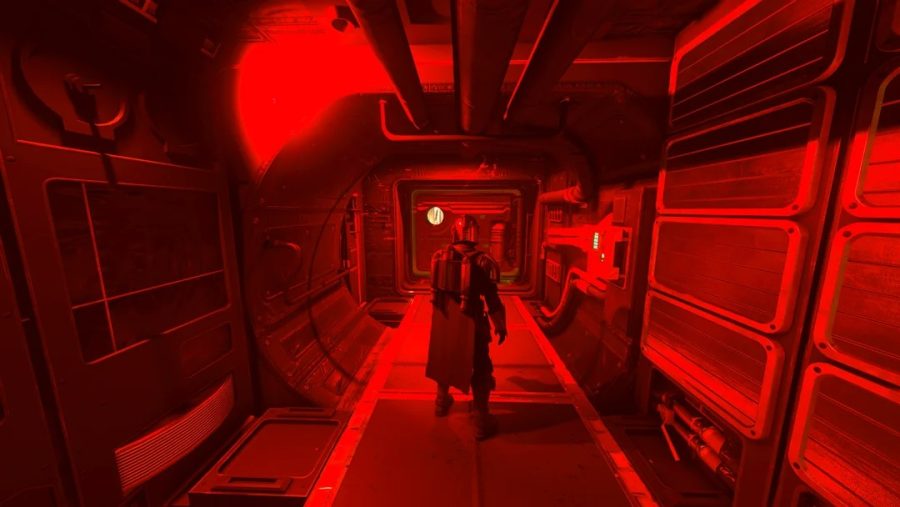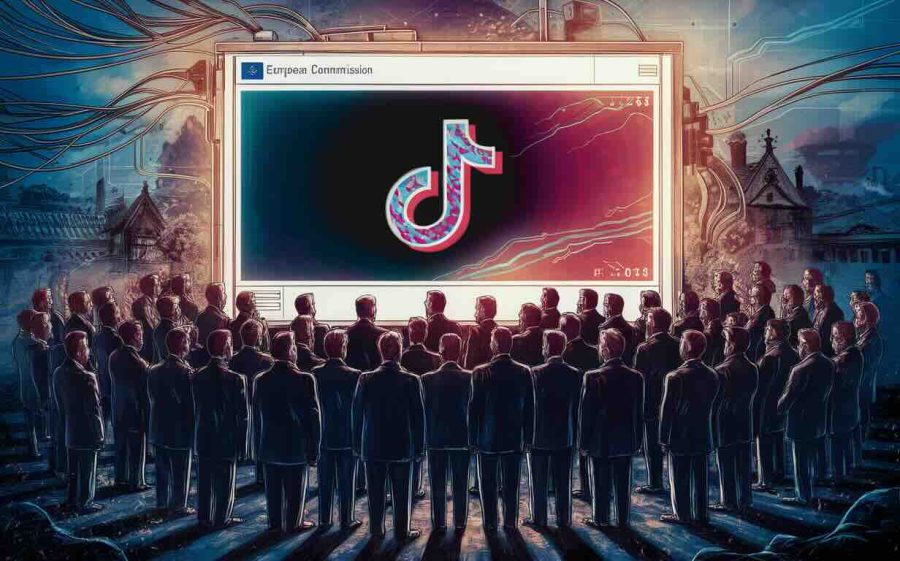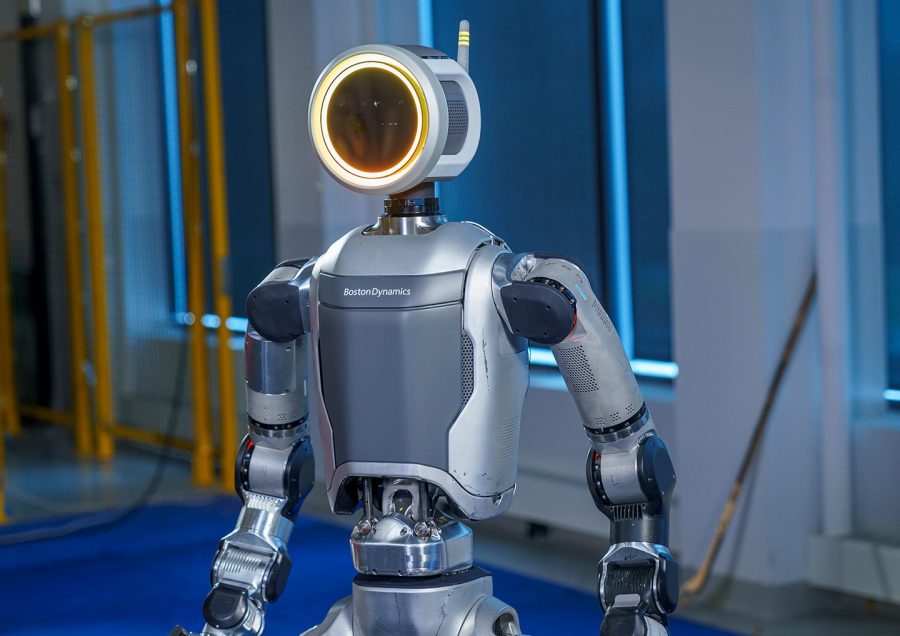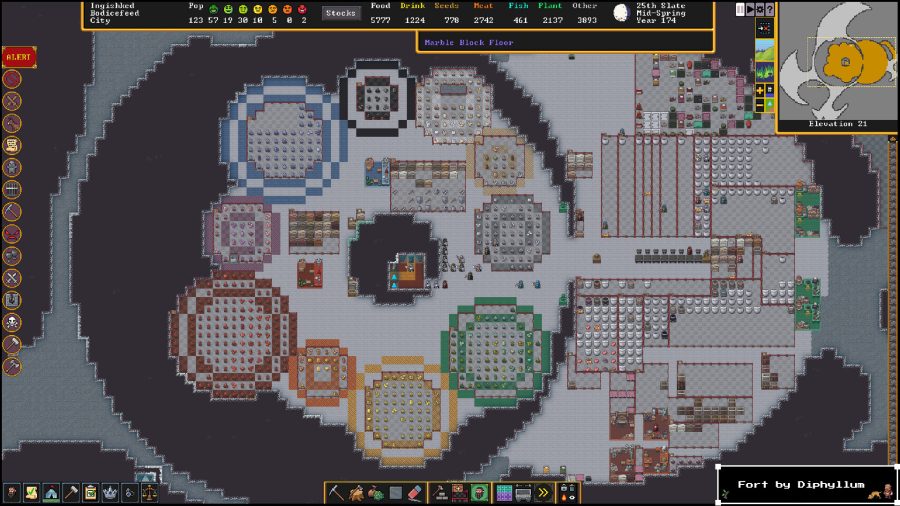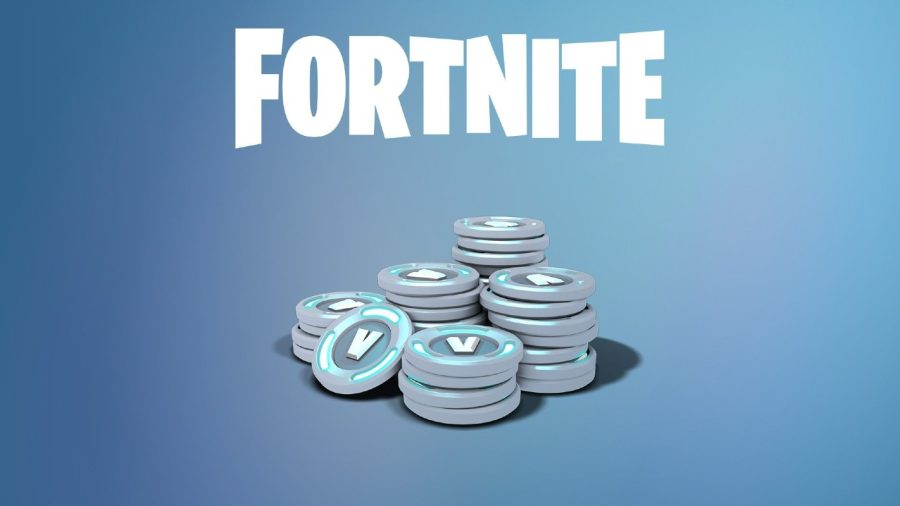This post also appears on Wearable.ai, a news summary and intelligence gathering service for the emerging wearable computing industry. For inquires, please email publisher Mark Brooks.
Wearable devices can do more than just improve our lives; they also have the potential to improve our planet.
I spoke to Benjamin Hubert, the founder of Layer, an experience design agency that introduced the concept of a wearable called Worldbeing to track our carbon usage. The device, which will be made using recycled electronic devices, is intended to educate consumers about their impact on the environment.
In this interview, he offered insight into his company’s approach to making smart technology that promotes personal accountability, healthier lives and a healthier planet.
Wearable.ai: Do you feel this is just the first step towards making a positive impact on a planet being consumed by electronics?
Benjamin Hubert: Increasingly, brands we work with are focusing on carbon offsetting. Every product made has a negative impact on the environment—unless that product creates such powerful change in our behavior, or is [so] significantly better than its predecessor, that its introduction is validated.
[We believe in] a product that minimizes its carbon footprint in use and production with smart technology, low power usage, and recycled materials, as well as creating a behavioral shift in society, kick-starting the age of personal accountability.Wearable.ai: What impact do you believe wearables and other connected devices will have on our future?
BH: We need to see [more] technology to make the way we live easier, more informative and richer. We are working on integrating technology in everyday rituals and routine. There’s a big opportunity to use robust wearable devices and smart products with real-time feedback. They can give us a rich understanding of the decisions we make on a daily basis—whether that’s exercise, whom we talk to, where we go and how we get there, or what we purchase.
Wearable.ai: With so many devices on the market, and limited space on our wrists, how will Worldbeing fit into the picture?
BH: Worldbeing is the starting point for a broader conversation—we are working on different ways and with different potential partners on how to bring the software and hardware to market, as both an integrated and independent offerings.
Wearable.ai: With the wearables and IoT market skyrocketing, what responsibility do you think the industry has toward environmentally conscious devices?
BH: Every device created needs to be responsible and respond to the rapidly changing world we live in. The rise of the Internet of Things should help us converge products, so we can have fewer but better products.
Wearable.ai: Is your partnership with Carbon Trust just a first step into environmentally conscious wearables? What role do you see connected devices playing in the betterment of our environment?
BH: This is our first but not last step. Information is empowerment. Wearables in particular give us rich information about our lives and enable us to make decisions that can make a significant difference to the lives we lead. Connected tech has the potential to ensure the world around us thrives.
Wearable.ai: What other innovative connected solutions is Layer working on, and what can we expect to see from the studio in the future?
BH: Our team of designers, researchers and user experience experts are working across many aspects of life in the developed and developing world, including communications, home, travel and personal health. We are developing smart and appropriately connected devices to improve everyday lives.
For daily essential wearable computing news summaries, subscribe to the Wearable.ai newsletter.
Editor’s note: Due to an editing error, this interview was initially misattributed to the incorrect author.


